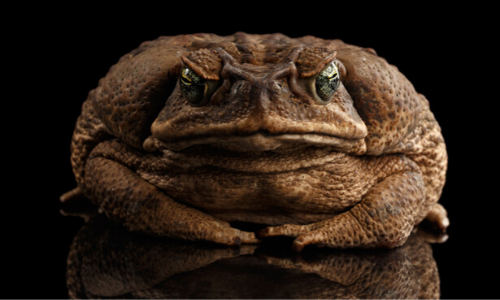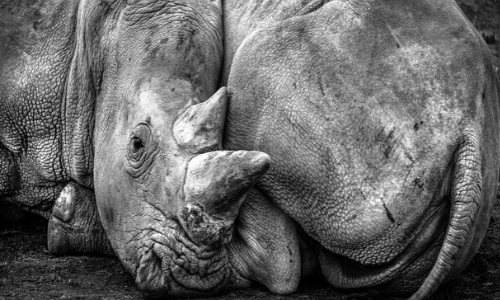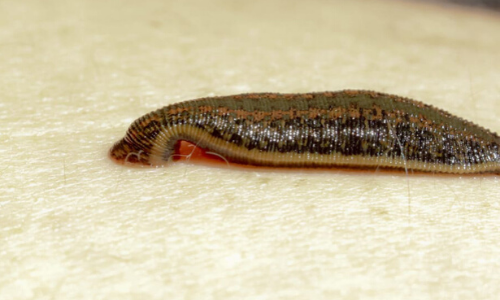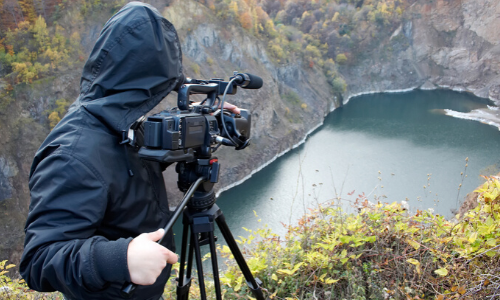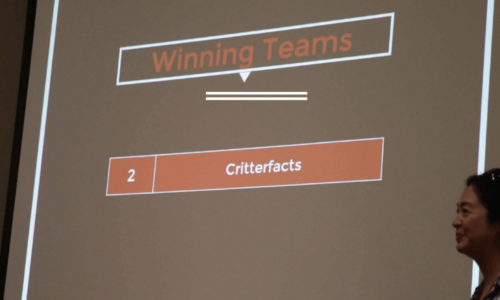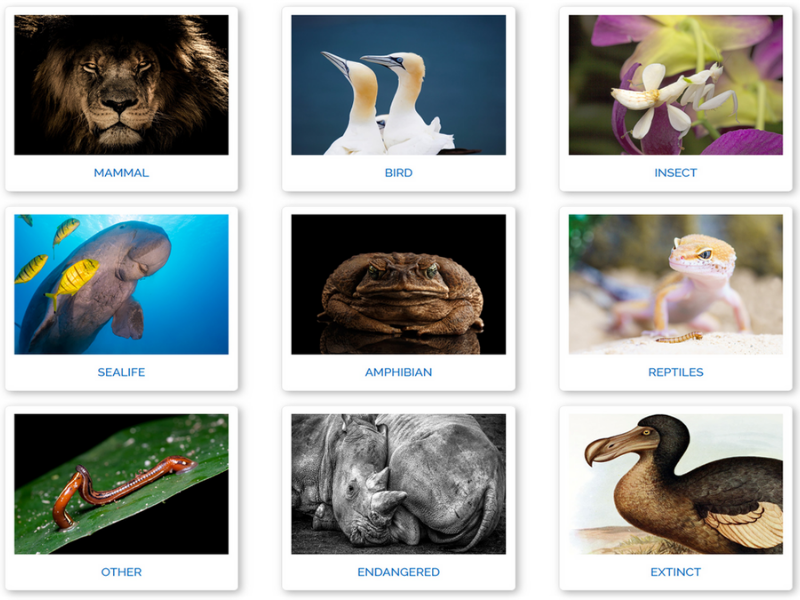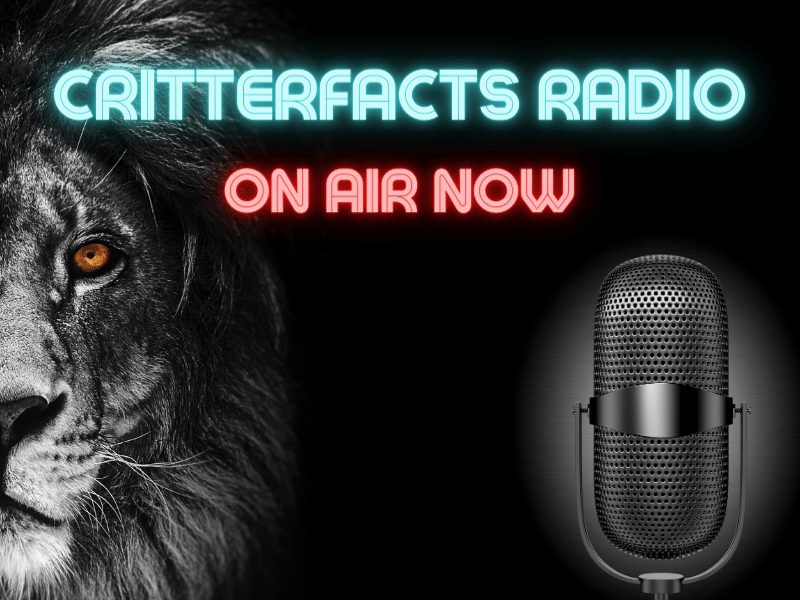When I moved to Minnesota 18 months ago, I set a lofty goal for myself. I said I would visit each of the state’s 75 state parks. On a typical Saturday morning during the spring and summer, I would pull up the Minnesota DNR list of state parks and pick one to cross off my list.
On the morning of June 6th, 2020, I looked at the list of parks and at random and chose Minneopa State Park near Mankato, Minnesota. I entered the address into my phone, and without any further research, I was off. I had a general notion of what sort of environment I’d encounter, but I had no idea of the animals that would be waiting for me.
After pulling into the park, the first thing I saw was a line of cars waiting to enter a fenced area. A strange sight for a public park with free parking. What could be worth waiting in line for? And then I saw them beyond the fence; a herd of bison grazing in the field.
History of Bison in the United States
Before we can ask why a herd of bison is residing in a park in central Minnesota, we need to know how these animals arrived on the continent. According to fossil records. Bison arrived in the prairies and grasslands of the United States between 135,000-195,000 years ago. After migrating to North America from Asia, the species adapted to its new environment and evolved into the species we know as American Bison. The population exploded to as many as 60 million bison across the continent, from Alaska to Mexico.
According to the informational radio broadcast playing at Minneopa State Park, today the number of American bison is down to about 430,000. This is up from the lowest recorded amount of 325 bison, but that still leaves over 59.5 million unaccounted for.

Their Decline
So where did the tens of millions of two-ton mammals go? The simple answer is that humans overhunted the bison and that led to their decline, but let’s get more specific. Native Americans had been hunting bison for hundreds of years, but they were able to do it in a responsible way and didn’t kill what they didn’t need. It wasn’t until the humans from the west found the buffalo that the problems began.
Following their self proclaimed manifest destiny, Americans, descendants of European immigrants, ventured west to settle the great plains. These settlers saw the bison as a source of meat, fur, and income. They hunted the American Bison in an unsustainable way and brought them to the brink of extinction.

Image by Chris Cudnowski
Population Rebound
Until recently I was clueless as to what brought the population back up. Thankfully, the radio broadcast played at the park had the answers. It turns out bringing a species back from the brink of extinction is a little more complicated than just putting a male and female in the same room together and giving them some alone time.
When the decision was made to try to increase the American Bison population in the 1880s, the number of bison in the United States was down to just a few hundred. Some of those bison were roaming free in various state and national parks across the country, but many could also be found on farms being raised for meat consumption.
In order to avoid the negative effects of inbreeding, farmers and park rangers had to ensure that new bison DNA was being introduced to the individual herds. This meant that these 1,000 plus pound bison had to be transported across the country in order to keep genomes fresh.
Variety in breeding was achieved, so much variety in fact, that many of the bison you’ll see today contain some cattle DNA. Farmers first intentionally crossbred cattle and bison in the late 1880s but some records put the first appearance of the “beefalo” in 1749.
Slowly but surely, the bison population started to make a comeback with the help of coordinated breeding and government-protected herds in designated places, like Minneopa State Park. By 1910, the number of bison in the U.S. was over 1,000, and up to 430,000 today with 130 of those residing in Minneopa State Park.
What I Learned
Sometimes it’s okay to not have a plan. You can wake up one morning, pick a state park to visit, and be pleasantly surprised when you find a herd of bison grazing in the field. However, when it comes to restoring the population of that very same species of bison, you might want to put pen to paper and write out a game plan.
I’m grateful that the effort was put in to bring back these beautiful creatures. If you have the chance to see American Bison in person, don’t pass it up.

Image by Chris Cudnowski
Subscribe To Our Newsletter
Join our mailing list to receive the latest news and updates!


